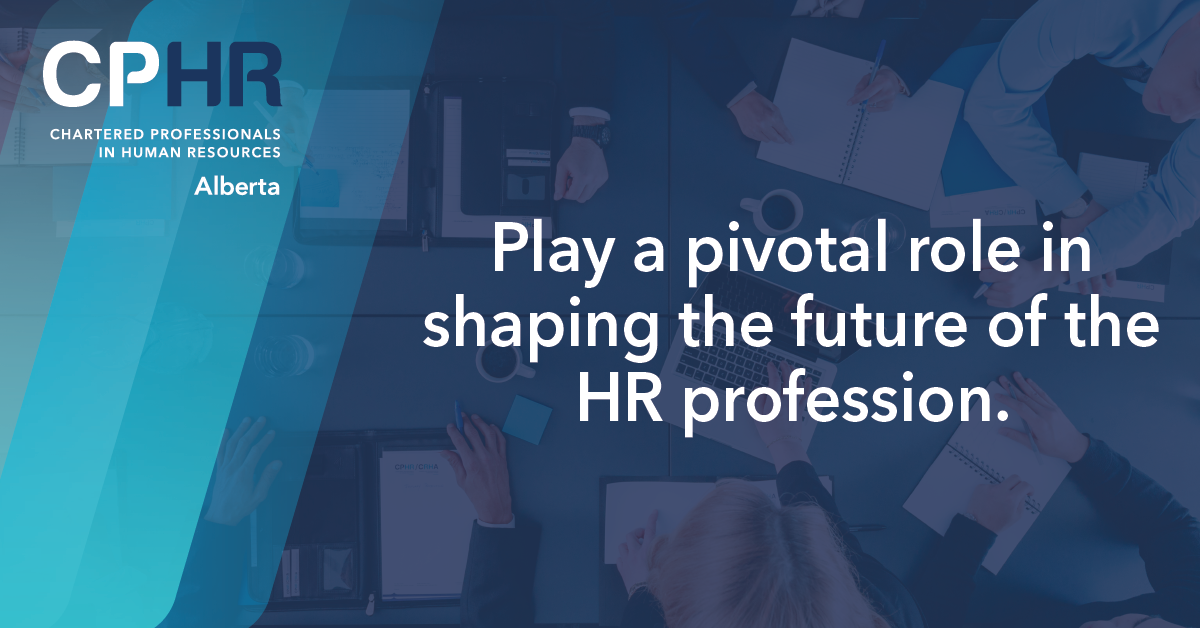
Workplace Disability Inclusion

Author: Wilma Li, PCC, CPHR, SHRM-SCP
Did you know that 1 “disability is increasingly thought of as a desired facet of a company's diversity and inclusion strategy, and that people with disabilities are a significant and largely untapped labor pool”? 1 “Individuals with disabilities represent 15% of the world's population, or approximately 1 billion people worldwide, and yet they are half as likely to be employed as their non-disabled peers”. According to the World Economic Forum, 3 ”eighty percent of these people acquire their disability between the ages of 18 and 64 - the average working age for most - and they are 50% more likely to be unemployed”.
In Canada, 2 “in 2017, one in five (22%) of the Canadian population aged 15 years and over – or about 6.2 million individuals – had one or more disabilities. The prevalence of disability increased with age, from 13% for those aged 15 to 24 years to 47% for those aged 75 years and over”. 2 “Among those aged 25 to 64 years, persons with disabilities were less likely to be employed (59%) than those without disabilities (80%)”.
Identifying effective workplace disability inclusion policies and practices in five key areas of the employment process may help you recognize and address the disparities in your own workforce:
- recruitment and hiring
- career development and retention
- accommodation and accessibility
- diversity and inclusion
- compensation and benefits
Recruitment and Hiring
Disability inclusion as a part of your organization’s overarching business strategy is seen as critically important within your organization and sends messages externally that your company desires to be disability-inclusive to encourage candidates with disabilities to apply.
Connect recruitment and staffing strategies with the larger diversity and inclusion goals. Your internal Employee Resource Group can help with identifying qualified candidates.
Have disability-inclusive interviewing considerations throughout the interviewing and screening process by clarifying which successful applicant interviewing approaches will maximize the likelihood of giving candidates with disabilities an opportunity to show their competitive advantage. Prepare your recruiters, interviewers, and hiring managers with clear instructions and training when needed.
Career Development and Retention
Identify where issues, like bias, stereotypes and stigmas, may occur in the career advancement and retention process. Minimize disability discrimination and maximize equal opportunity for employment progression.
1 The following retention and advancement policies and practices were rated as very effective at enabling advancement and retention for employees with disabilities:
- Having a disability-focused employee network
- Having a return-to-work or disability management program
- Availability of flexible work arrangements for all employees
- Having a mentoring program to support employees with disabilities
Accommodation and Accessibility
Take into account not only the physical environment but also communications and information technology for accommodation and accessibility. Have a designated office or person to address accommodation requests or issues. Have a grievance procedure that allows employees to exceed the maximum medical leave duration for an accommodation. Have a formal process to evaluate accommodation requests. Provide notice of reasonable accommodation availability. Evaluate pre-employment screenings for bias. Proactively designing external and internal websites for accessibility to eliminate barriers for people with disabilities. Train managers on how to interact with people with disabilities, how to support teams when a disability issue arises that may create tension, and really unlearn some myths or biases that they may have picked up over time around disability.
Diversity and Inclusion
Ensure leadership commits to disability inclusion and fairness in employment practices. Make managers accountable by putting in their performance evaluations disability-inclusion behaviours. Measure understanding and results by including disability in your employee opinion surveys. Establish employee and business resource groups. Include employees with disabilities in formal and informal employee gatherings. Make it safe to self-identify. Raise understanding and skill levels about disability inclusion across the whole workforce. The more inclusive the decision-making environment, the more psychologically safe and empowered employees feel.
Compensation and Benefits
Conduct an equity analysis of current pay for protected groups, including individuals with disabilities. Review which benefits packages meet the needs of employees with disabilities like allowing employees paid time for brief appointments or allowing employees to occasionally take work home. Ensure access to all benefits including offering inclusive and accessible employee wellness programs. Offer employee assistance and referral services for workplace mental health considerations. Train managers and supervisors on how to recognize and eliminate bias toward employees with disabilities in compensation decisions.
For more ideas or information on workplace disability inclusion, please contact us at: www.bkicorp.com. At Business Knowledge Integration, we coach you and your organization on your intercultural, equity, diversity, and inclusion (EDI) needs to achieve sustainable results.
References:
1 Bruyere, Susanne M., Workplace Disability Inclusion (2021 virtual online course), Diversity and Inclusion Certificate for HR program, Yang-Tan Institute on Employment and Disability, Cornell University
3 https://www.weforum.org/agenda/2019/04/what-companies-gain-including-persons-disabilities-inclusion/
The views and opinions expressed in this blog post belong solely to the original author(s) and do not necessarily represent the views and opinions of CPHR Alberta.
The views and opinions expressed in this blog post belong solely to the original author(s) and do not necessarily represent the views and opinions of CPHR Alberta.





